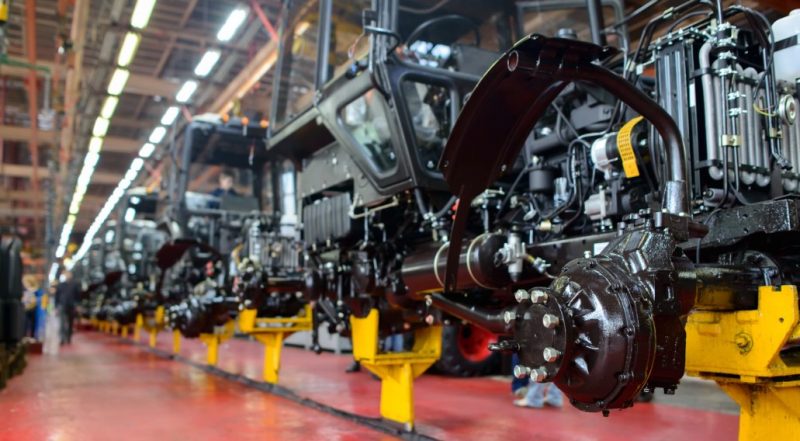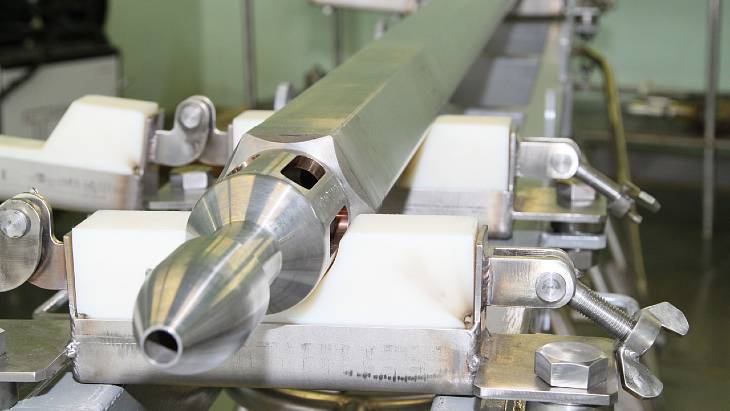
Tariffs Shape Capital Spending Outlook in 2025
Tariffs remain a key factor influencing capital expenditure decisions for industrial equipment makers in 2025. After a strong 2024, many companies face market volatility due to shifting trade policies and tariff changes. Executives report cautious optimism but acknowledge the unpredictable impact tariffs have on supply chains and pricing.
Despite tariff concerns, 2024 saw robust equipment orders and profitable business for many providers. For example, Zeb Edgerly of Butech Bliss calls 2024 their second-best year, while Lauren McCallin of Steel Storage Systems cites record sales and growth in automation solutions. However, rising operational costs and labor shortages push companies toward investing in automation to improve efficiency and safety.
Capital Spending Plans Adjust to Tariffs and Market Uncertainty
The new tariffs complicate spending plans, especially in border regions like Southern Ontario, where cross-border shipments face significant price hikes. Steve Baker of Athader highlights project delays and cautious spending from customers affected by a 25% tariff increase on slit coils. Similarly, concerns over reciprocal tariffs on Canada and Mexico drive uncertainty about material costs and capital investments.
Industry leaders expect 2025 capital spending to be measured and selective, waiting for clearer tariff and economic signals. David Veldung of Fehr Warehouse Solutions notes a shift from reactive to proactive investments in automation, despite tariff risks. Meanwhile, some manufacturers plan to localize production to reduce trade disruption risks.
SuperMetalPrice Commentary:
Tariffs will continue to test capital spending in metals and industrial equipment through 2025. While short-term uncertainty may slow some projects, the ongoing drive toward automation and efficiency will sustain demand. Companies investing in automation solutions and localized manufacturing stand to navigate tariff challenges better. The sector must balance immediate risks with long-term growth strategies to thrive amid evolving trade policies.











Leave a Reply
You must be logged in to post a comment.